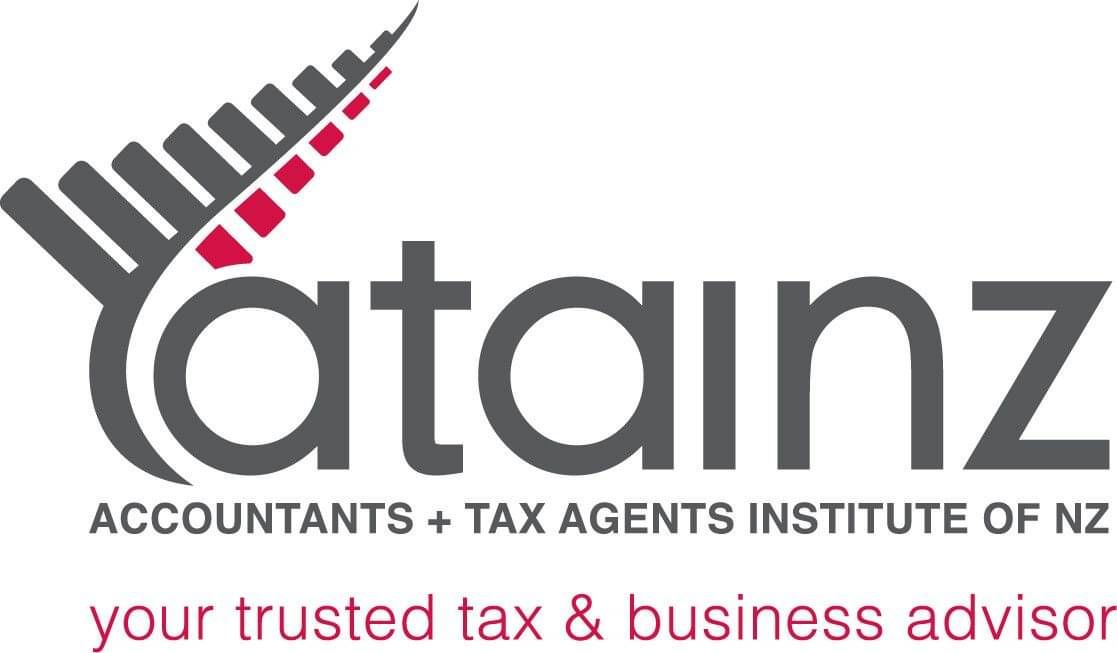An engaged team member is fully absorbed by and enthusiastic about their work, and takes positive action to further a company’s reputation and interests and achieve their goals.
More importantly, what does a disengaged team member look like?
The symptoms range from a negative attitude, poor communication, absenteeism, lack of initiative, laziness, lateness, lack of participation, and doing the bare minimum at work… all the way to actively damaging the company's work output, culture, and reputation.
The impact of having a single disengaged team member can be catastrophic.
The effects are not limited to their own poor productivity and output. This person can infect the core of your culture; damaging morale and lowering the performance of the entire team. They could even cause the resignation of a key team member or, if client facing, cause irreparable damage to your brand.
Improved team member engagement leads to improved productivity and performance.
Numerous studies have proven that companies with an engaged team significantly outperform others. Why is this? People who are engaged in their role want to come to work, therefore take fewer sick days. This ultimately leads to reduced team turnover and less unproductive time spent recruiting and inducting new employees.
Not surprisingly, team members who are engaged feel more supported by their peers and are more likely to work collaboratively, leading to significantly less re-work and wastage. Also, fewer workplace accidents and incidents occur when team members are engaged. All of the above reasons contribute to much higher productivity and profitability.
The Engagement-Profit Chain* is another take on why engagement improves performance:
Engaged team members leads to... higher service, quality, and productivity, which leads to…higher customer satisfaction, which leads to…increased sales (repeat business and referrals), which leads to…higher profit levels, which leads to…higher returns.
There is a difference between team happiness and team engagement.
Your team could be happy but not necessarily working efficiently and productively to deliver optimum outcomes.
A number of factors can influence and improve engagement. hese include developing and utilising Core Values, documenting an effective Organisational Chart, providing clarity on the roles and responsibilities in your organisation, and introducing KPIs to help define what a good day’s work looks like for your team.
Need help building a happy and high-performance working culture? Get in touch.
"To win in the marketplace you must first win in the workplace." - Doug Conant
*The Engagement-Profit Chain was created by Kevin Kruse






